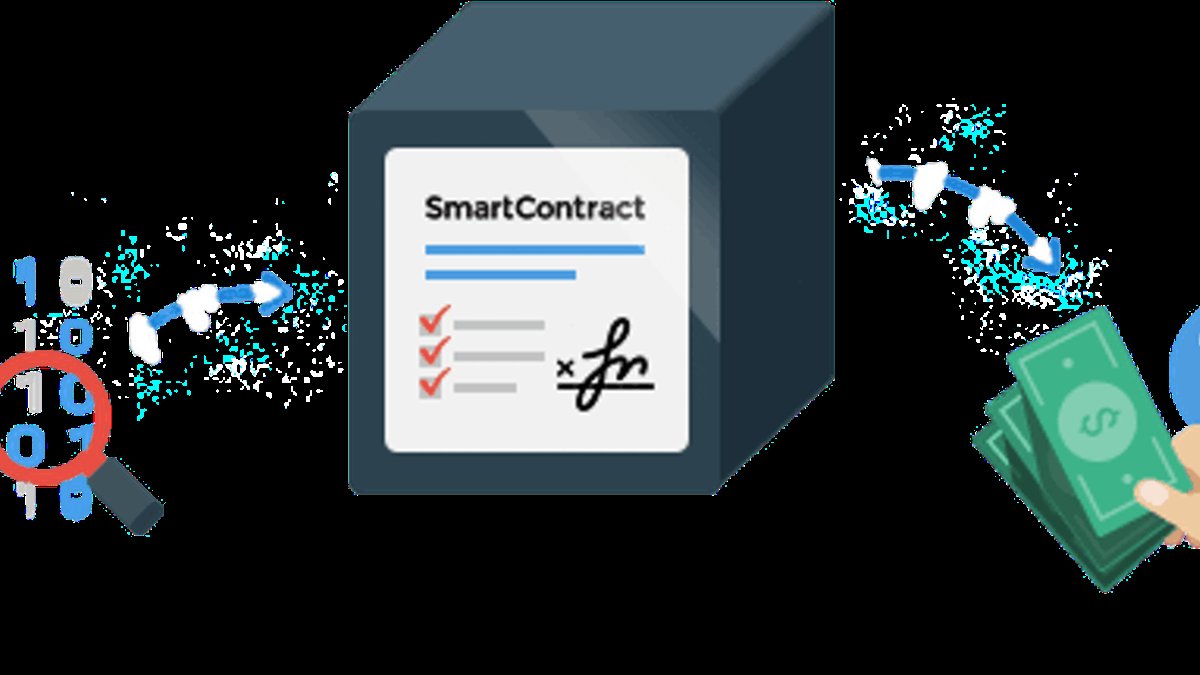Smart Contract Insurance: How It Works
Smart contracts automate financial logic on-chain, but code bugs or design flaws create a unique class of loss. Smart-contract insurance is designed to pay users or protocol treasuries when a covered on-chain contract is exploited. This article explains product mechanics, underwriting signals, a worked example, and the real benefits and limits of protection.
What is smart-contract insurance?
Smart-contract insurance is a policy that compensates the insured if a covered contract suffers a loss from a defined event — e.g., a security exploit, oracle manipulation, or bridge compromise. Providers range from decentralized mutuals (Nexus Mutual, InsurAce) to specialized institutional underwriters. Coverage can be parametric (pays on an objectively verifiable event) or indemnity (pays for verified loss after adjudication).
Core mechanics
- Scope: policy is written against a specific contract address, project, or class of events (e.g., reentrancy, integer overflow, oracle failure).
- Premium: determined by assessed risk (audit quality, on-chain activity, total value locked), duration and coverage limit. Higher TVL or immature code → higher premium.
- Underwriting: manual review of audits, bug-bounty history, test coverage and on-chain behavior. Decentralized mutuals add community governance and staking as a capital mechanism.
- Trigger & claim: parametric triggers use on-chain evidence (TXIDs, block numbers) and oracles; indemnity claims require forensic reports and adjudication before payout.
How a claim typically flows
- Notification: insured parties must notify the insurer promptly with TXIDs and all available evidence.
- Forensics: insurer or a third-party forensic firm analyzes the exploit, scope and cause (vulnerability vs. user error).
- Adjudication: parametric policies can auto-pay if preconditions match. Indemnity policies open a claims review and governance step (for mutuals).
- Payout: once validated, payment is made according to policy limits, subject to retention (deductible) and sublimits (e.g., maximum paid per incident).
Worked example — illustrative case study
Scenario (illustrative): Protocol X runs a lending pool with $50M TVL. A logic bug in the collateral valuation function allows an attacker to borrow against underpriced collateral and drain $25M.
Pre-incident: Protocol X had purchased a 90-day smart-contract indemnity policy for $30M coverage with a $2M retention. Premium paid: $300k (reflecting audit grade, TVL and activity).
Incident timeline and resolution:
- Hour 0: Exploit occurs; $25M drained. Protocol X notifies insurer within 2 hours and pauses contract if possible.
- Hours 2–48: Forensic team completes a preliminary report (TXIDs, attack vector, attacker addresses). On-chain tracing shows funds moved across multiple chains.
- Day 3: Insurer confirms exploit mechanism matches covered peril (logic bug). Indemnity claim opened. Deductible confirmed $2M.
- Day 10–30: Recovery efforts (exchanges freeze some addresses). Insurer coordinates partial recovery tracking. Recovered amount: $3M.
- Day 45: After adjudication, insurer pays Protocol X: payout = min(covered loss after recoveries, policy limit) = min(($25M − $3M) − $2M retention, $30M) = $20M paid.
Net outcome for protocol: Immediate liquidity stress but eventual indemnity payout of $20M restored a large portion of TVL; governance used recovered funds and payout to reimburse affected users according to the protocol’s remediation plan.
What the example illustrates
- Insurance can materially reduce lasting capital impairment and enable orderly remediation.
- Recovery and forensics matter: recovered funds reduce net indemnity and reduce insurer loss.
- Coverage is conditional: prompt notification, clear evidence, and adherence to operational controls are required.
Benefits of smart-contract insurance
- Capital protection: reduces tail losses and supports continuity after a major exploit.
- Market confidence: insured protocols may attract more users or larger counterparties.
- Underwriting discipline: encourages audits, bug bounties and better on-chain hygiene as insurers price risk accordingly.
Limitations and common exclusions
- Narrow coverage scope: many policies only cover specific technical failure modes. Economic design flaws or front-running attacks may be excluded.
- Capacity & sublimits: mutuals and specialized insurers have finite capital; a systemic event can exceed available coverage.
- Adjudication delay: indemnity claims can take weeks/months while governance reviews and forensics complete.
- Exclusions: social engineering (if user compromised keys), developer negligence, undisclosed prior vulnerabilities, or failure to follow required controls are frequently excluded.
Market signals insurers use to price risk
- Audit pedigree and number/severity of reported issues.
- TVL, average size of deposits, and concentration of assets.
- Complexity of contract logic (high complexity → higher premium).
- History of exploits or code churn frequency.
- Strength of operational controls: multisig, timelocks, upgrade patterns and admin key governance.
Choosing a policy — practical checklist
- Confirm covered perils and precise contract addresses.
- Check limits, sublimits, retention and wait periods.
- Understand claim workflow (parametric vs indemnity) and expected adjudication timeline.
- Assess insurer capacity and track record (for mutuals, review capital and claims history).
- Negotiate required controls (e.g., mandatory audits, bug bounty levels) and maintain evidentiary logs.
Operational best practices for protocols and users
- Run external audits and high-value bug-bounties before launching or upgrading contracts.
- Use multisig and timelocks for admin functions and large treasury moves.
- Maintain an incident response plan and a forensic artefact collection process (logs, signed messages, deployment receipts).
- Consider layered protection: private reserve + smart-contract insurance + protocol-level safeguards (rate limits, circuit breakers).
Real-world indicators: when insurance helped
Case studies and market experience show insured projects are more likely to return capital to users via indemnity or remediation, and insurers frequently require remediation as a condition for renewal. However, claims often require strong evidence and governance cooperation.
Conclusion — pragmatic view
Smart-contract insurance is a maturing tool that materially reduces the economic impact of exploits when structured correctly. It complements — never replaces — strong engineering controls, audits and operational discipline. Buyers should model expected costs (premium, retention), understand exclusions, keep recovery procedures ready, and view insurance as part of a layered risk-management program.
Note: This article is informational and not insurance or investment advice. Policy language varies; always consult providers and legal counsel before purchasing coverage.







